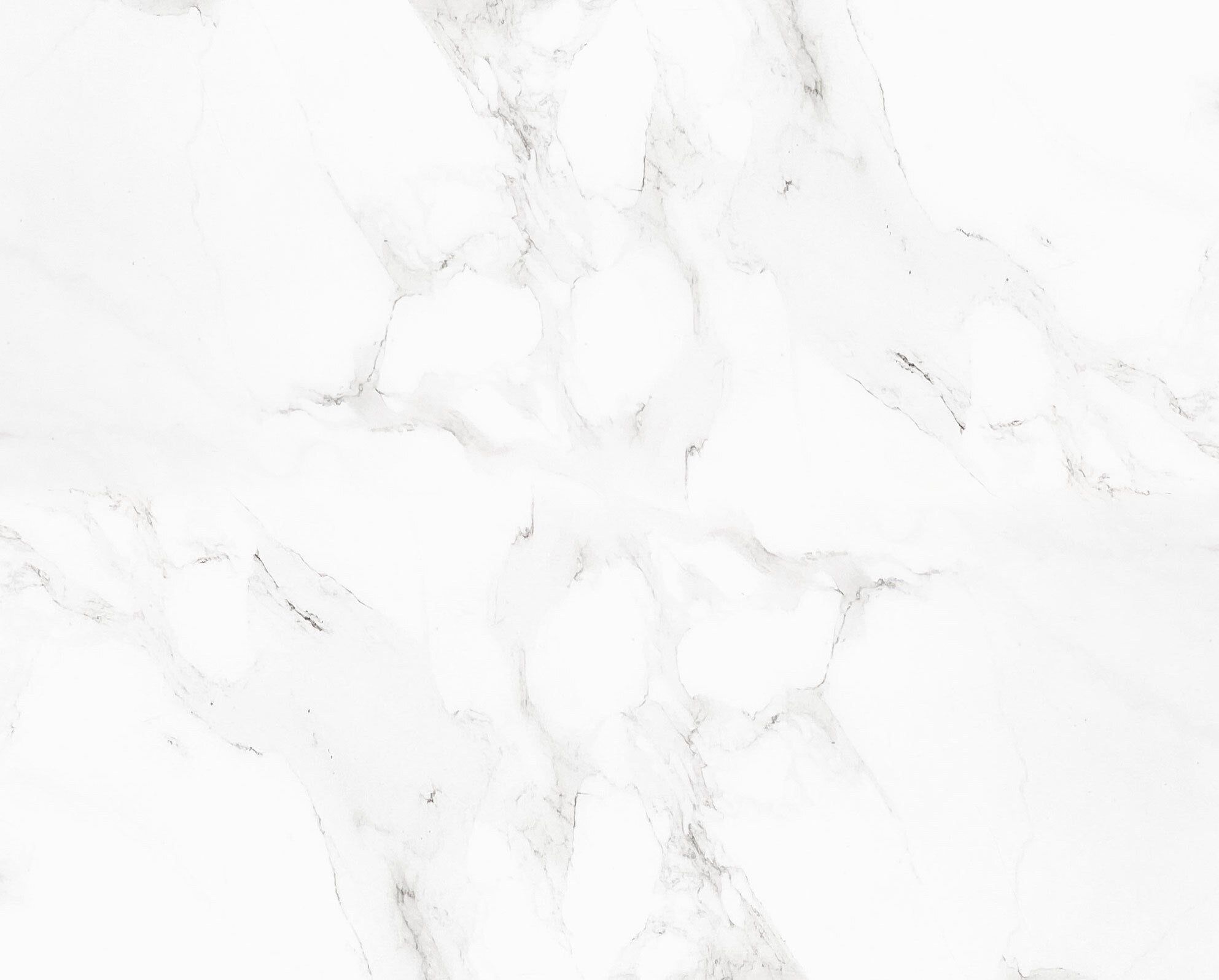The 5,000-square-foot basement showroom in Kwun Tong is open daily
The 5,000-square-foot basement showroom in Kwun Tong is equipped with a variety of log furniture and mattresses from major brands. Welcome to visit us at any time.
Mattress‧Solid wood furniture‧Customized whole house furniture
A large selection of mattresses and furniture styles, one-stop service for custom-made furniture and decoration. Coupons are accepted for payment both online and offline~
21/12 Business hours: 10am~6pm
21/12 Business hours: 10am~6pm
- Pillows and bedding
-
On Display
-
Dining Room
-
Study
- Custom Furniture


Search mattresses from major brands
All discount prices are as low as 45% off! A variety of spine-protecting mattresses are carefully selected to effectively improve the problem of back pain. Whether soft, hard or thick mattresses, you can find them here.

Selected solid wood furniture
A large number of solid wood furniture, crafted with craftsmanship. Carefully selected top-grade American FAS wood: oak, cherry, and walnut to bring you different home styles.



























































 Visa
Visa Mastercard
Mastercard Maestro
Maestro American Express
American Express JCB
JCB China UnionPay <br>As the largest payment network in China, China UnionPay provides our Chinese customers with safe and reliable payment options, allowing you to shop without worries.
China UnionPay <br>As the largest payment network in China, China UnionPay provides our Chinese customers with safe and reliable payment options, allowing you to shop without worries.  Diners Club
Diners Club Discover
Discover Apple Pay
Apple Pay Google Pay
Google Pay




















